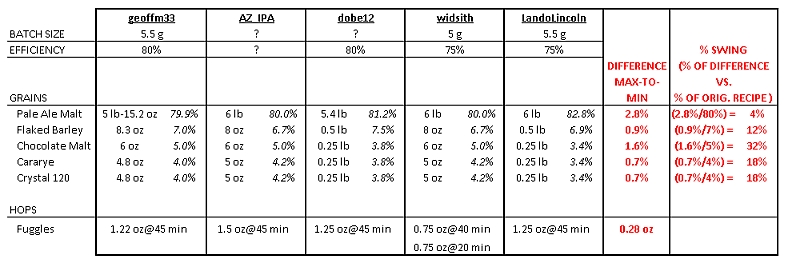Weezy
Well-Known Member
No. A percentage itself doesn't prescribe sig figs. 80%=80.000%
Its the raw data you apply the ratio to that will dictate the sig figs.
This ain't a test! Its just going to be numbers we can look at and compare, for interests sake.
Its the raw data you apply the ratio to that will dictate the sig figs.
This ain't a test! Its just going to be numbers we can look at and compare, for interests sake.














































![Craft A Brew - Safale S-04 Dry Yeast - Fermentis - English Ale Dry Yeast - For English and American Ales and Hard Apple Ciders - Ingredients for Home Brewing - Beer Making Supplies - [1 Pack]](https://m.media-amazon.com/images/I/41fVGNh6JfL._SL500_.jpg)














